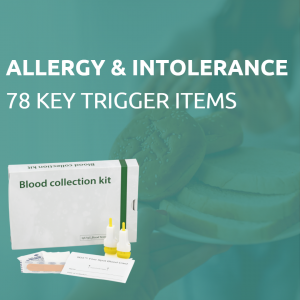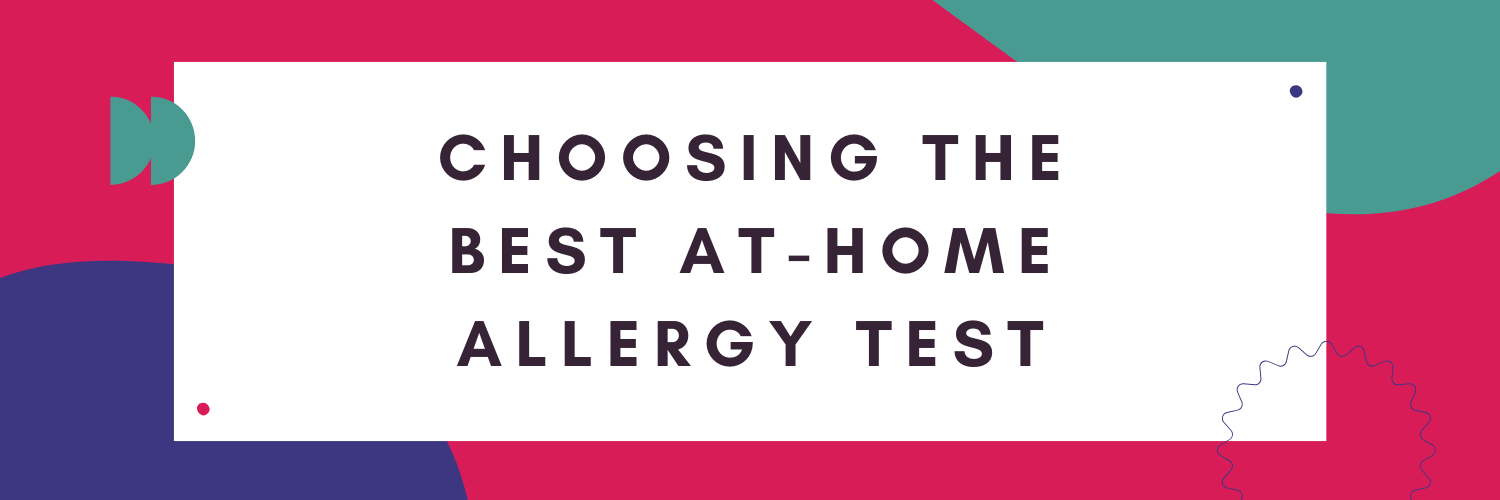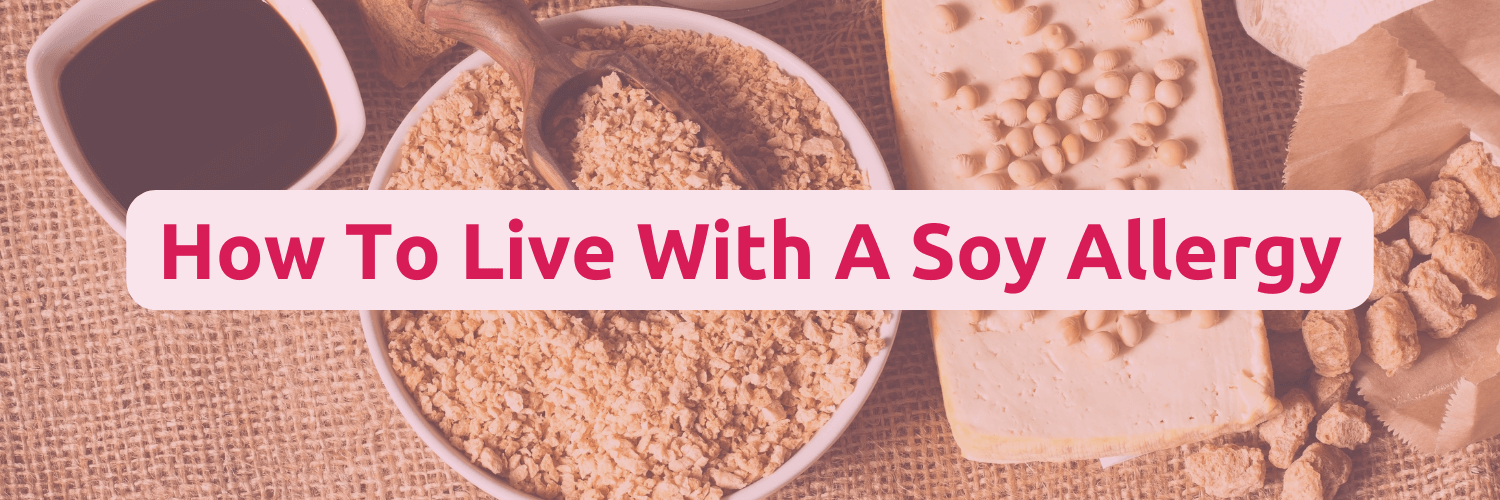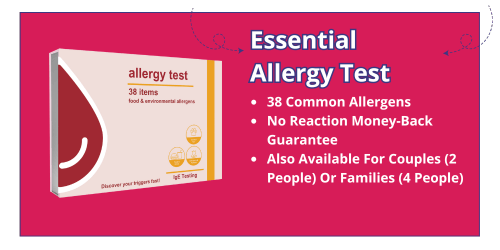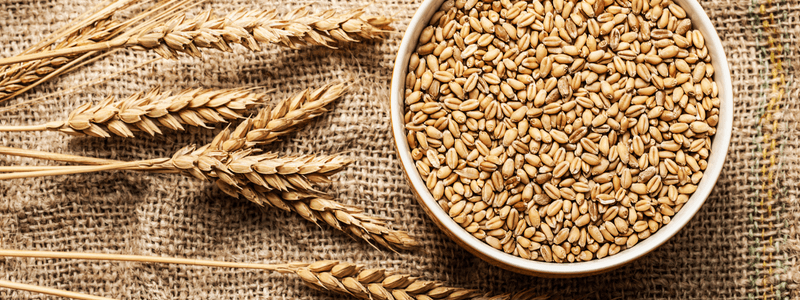
Wheat is a common ingredient in most of our favourite sweet desserts and even beverages. Even though we may all want to enjoy a piece of cake here and there, you must be cautious if you have a wheat allergy. Wheat allergy is the body’s immune response to consuming foods that contain wheat{1}. Sometimes, wheat allergy reactions can be triggered simply by inhaling wheat flour. Wheat allergy symptoms often appear within a few minutes or hours of consuming or inhaling wheat. If you have a wheat allergy, avoiding this ingredient in your foods and products is best. However, this is easier said than done because wheat is present even in unsuspecting foods.
Even though adults can develop a wheat allergy, it is common in children. The great news is that most kids outgrow wheat allergy in their teenage years. However, once that mark is passed, you may have to manage wheat allergy for the rest of your life. These days, managing a wheat allergy is easier because wheat alternatives can be used to recreate your favourite baked goods. The tricky part is in food shopping, as many unsuspecting items contain wheat. Read on to find out more about managing your wheat allergy.
Wheat allergy symptoms

A female scratching around her eyes.
If you’re allergic to wheat, the symptoms often begin almost immediately after inhaling it or consuming it orally. Even though the symptoms can sometimes be delayed, they can’t be for more than a few hours. Wheat allergy symptoms can be severe or mild. Some can involve a single part of the body, while others can involve more than one part of the body. Common wheat allergy symptoms include:
- Skin itchiness and redness
- Hives or rash
- Sniffling, runny nose, and or itchy nose
- Red or watery eyes
- Abdominal cramps, vomiting, and nausea
- Dizziness
- Headaches
Besides these common wheat allergy symptoms, there are additional side effects of wheat consumption.
Baker’s asthma
This form of wheat allergy can occur in those that work in bakeries and other places containing uncooked wheat flour. Because they’re around so much wheat flour all the time, they repeatedly inhale the flour leading to baker’s asthma. This condition often affects breathing, and a fungus or wheat protein can cause it. Symptoms of baker’s asthma include:
- Trouble breathing
- Wheezing
- Swelling of the tongue, nasal passage, and throat
- A hoarse voice
Exercise-associated wheat allergy
Some individuals only develop wheat allergy symptoms if they exercise within a few hours of consuming any wheat products{2}. These exercise-induced symptoms and changes in your body can lead to an allergic reaction or worsen the immune system’s response to wheat protein. This specific condition often results in a life-threatening condition known as anaphylaxis. Anaphylaxis requires immediate medical attention as it can result in death. Sometimes anaphylaxis starts with less severe symptoms and gets worse by the minute. Symptoms of exercise-induced anaphylaxis include:
- Difficulty breathing
- Rapid, weak pulse
- Nausea
- Vomiting
- Fainting or loss of consciousness
- A drop in blood pressure
When eating away from home, always ensure you tell the host about your wheat allergy and carry with you an EpiPen. This will come in handy in case of an emergency. If you ever experience anaphylaxis, direct someone to use the EpiPen on you, and then afterwards, you need to go to a hospital. Even though you’ll be feeling better, it is common for allergy symptoms to reappear a few hours after the first symptoms have subsided. The doctor will usually ask you to stay in the hospital for at least six hours for observation.
Wheat allergy Vs gluten intolerance
Gluten intolerance is a common condition caused by eating foods rich in a protein known as gluten. Gluten is found in wheat, rye, and other grains. If you get sick after eating any foods with gluten, then you might be suffering from gluten intolerance. Most of the gluten intolerance symptoms are widespread in the gastrointestinal tract. While gluten intolerance is often confused with wheat allergy, these two conditions aren’t similar at all.
First off, gluten intolerance doesn’t involve the immune system as wheat allergy does. Wheat allergy involves IgE antibodies, while gluten sensitivity doesn’t. Gluten intolerance occurs when gluten directly damages the small intestines because there are no enzymes to break down the proteins or mere sensitivity. Wheat allergy only relates to one grain, whereas gluten intolerance means avoiding many other grains that contain this protein. When you look at both conditions, gluten intolerance is more restrictive than wheat allergy as it leads to a more restrictive diet.
Risk factors of wheat allergy
Family history
You’re more likely to develop a wheat allergy and other food allergies if you come from a family with relatives suffering the same. This is especially common for those with close relatives with wheat allergy, hay fever, eczema, or asthma.
Age
Infants are more likely to suffer from wheat allergy because their immune and digestive systems haven’t matured; hence easily triggered. However, most children outgrow this allergy.
Causes of wheat allergy
When you’re allergic to wheat, your body’s immune system responds to it differently than other people’s bodies. Your immune system is meant to fight off infections. But when you’re allergic to wheat, the immune system views proteins in wheat to be similar to bacteria and viruses, thus releasing chemicals to fight it. When this happens, you get wheat allergy symptoms. Sometimes the reactions can be mild or severe, depending on the person. Wheat has various components with at least 27 potential allergens, and not everyone reacts to the same ones. These wheat allergens are therefore divided into four classes which include:
- Albumin
- Gliadin
- Globulin
- Glutenin
Some people are allergic to one wheat protein, while others are allergic to more. Some foods are known to contain wheat, and you need to avoid them. These include:
- Couscous
- Bulgar
- Bran
- Bread crumbs
- Durum
- Farina
- Einkorn
- Farro
- Kamut
- Farina
- Semolina
- Sprouted wheat
- Triticale
- Wheat
- Wheat berries
Sometimes, you won’t know whether a packaged food contains wheat. In this case, look out for labels like:
- Gluten or vital gluten
- Gelatinized starch
- Natural flavouring
- Hydrolyzed vegetable protein
- Starch
- Vegetable gum
If you’re overly sensitive to wheat, you must also look out for non-food items that contain wheat like wreaths, garlands, shampoos, conditioners, lotions and some children’s play dough. Even though you won’t be eating these, please consult your doctor before using them.
Wheat allergy testing
If you suffer from allergy symptoms every time you eat wheat products, it’s likely that you are suffering from a wheat allergy. The issue with food allergies is that it’s hard to narrow down the culprit since we simultaneously consume different types of foods. Other times, it could be possible that your symptoms result from certain underlying conditions. Consult your doctor and see whether there are any other conditions you could be suffering from. If there aren’t, then it’s safe for you to do wheat allergy testing.
Since wheat allergy and gluten intolerance are often confused for each other due to similarities in grains (wheat), the best test we would recommend is an Allergy and Intolerance Test. By taking a test that will check for all allergies and intolerances, you’ll eliminate so many culprits simultaneously. This test is a lifesaver as it will list all the foods that cause intolerance and allergy symptoms.
Final thoughts on wheat allergy
Wheat allergies are becoming more common and are clearly on the rise. Gluten intolerance and wheat allergy are two different conditions with overlapping but not identical symptoms, treatments, and causes. It can be difficult to figure out which one of the two you’re suffering from, so we advise you to take an Allergy and Intolerance Test, which will check for allergens and more. If you find out your child has a wheat allergy, staying off any wheat products and foods for their well being is best.
It is easy to manage wheat intolerance these days because natural food stores and the health food sections in supermarkets usually provide you with other healthy alternatives like wheat-free bread, crackers, and breakfast cereals. You will find substitute flours from sweet potato, potatoes, rice, barley, wheat, corn, and oats. Always read food labels. Even though some foods clearly state that they don’t contain wheat, they can still cause symptoms through cross-contamination. Cross-contamination occurs when other grains are processed in the same facility as wheat. So, you need to look for labels like “may contain wheat” or “processed in a facility that also processes wheat.” Not all companies put such labels, so if you’re in doubt, contact them and inquire about the matter.
References
- Patel, N., & Samant, H. (2021). Wheat allergy. In StatPearls [Internet]. StatPearls Publishing.
- Jacquenet, S., Morisset, M., Battais, F., Denery-Papini, S., Croizier, A., Baudouin, E., Bihain, B., & Moneret-Vautrin, D. A. (2009). Interest of ImmunoCAP system to recombinant omega-5 gliadin for the diagnosis of exercise-induced wheat allergy. International archives of allergy and immunology, 149(1), 74–80. https://doi.org/10.1159/000176309

